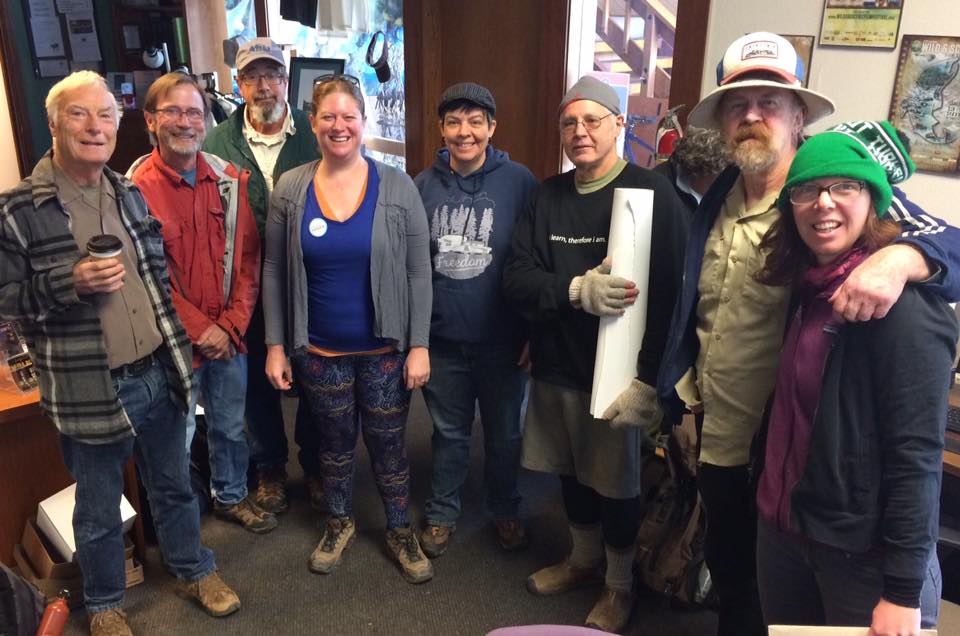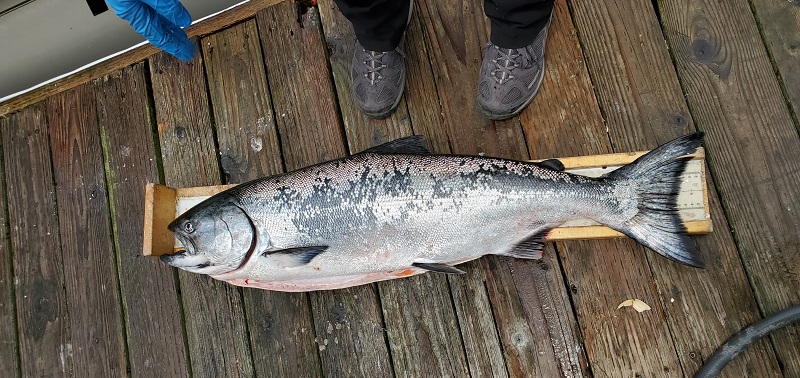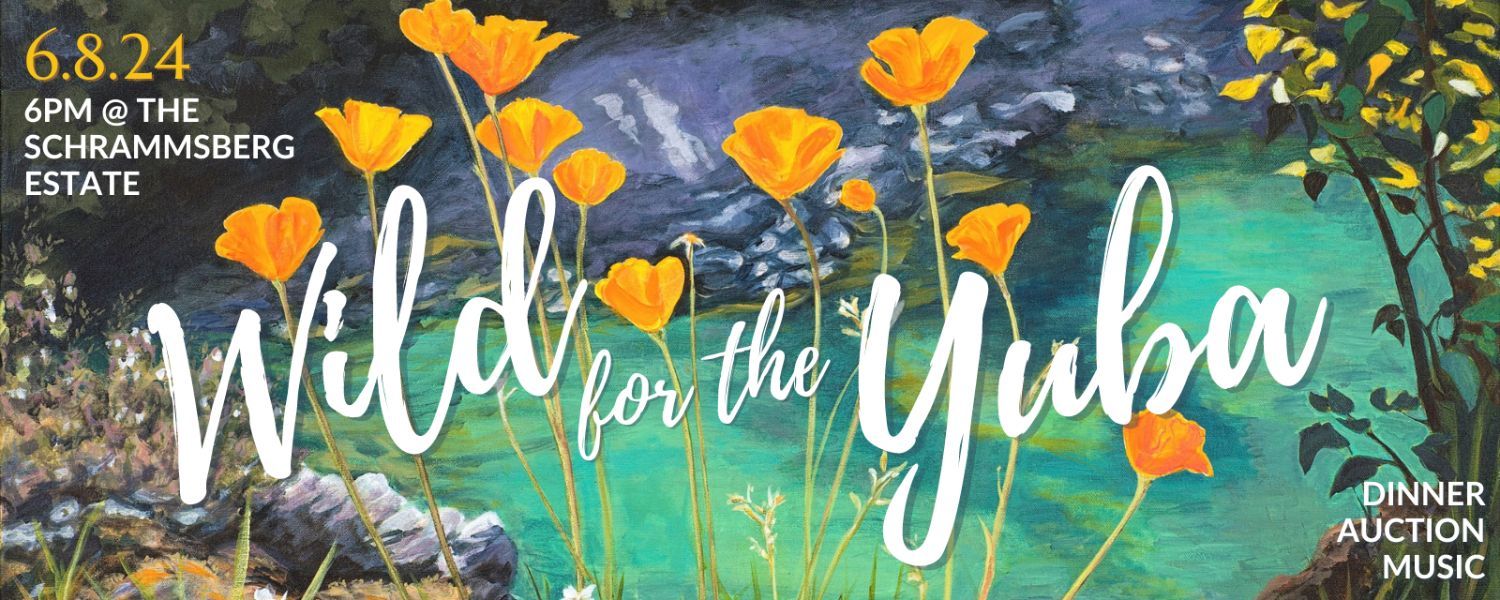Loney Meadow, A Network of Braided Swales
For folks who have had the pleasure of visiting Loney Meadow, the mention of it brings up images of beautiful wildflowers, babbling brooks, and breathtaking views against blue-bird skies. However, the potential for the meadow to be resilient to climate change, or the meadow’s ability to perpetuate through time, is entwined with the extent of disturbance this meadow has experienced over the last century.
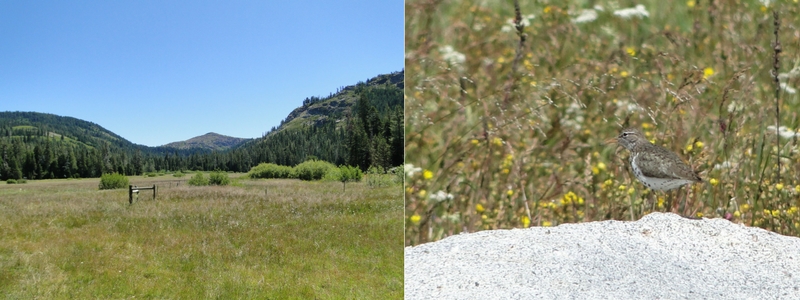
That’s why SYRCL partnered with the Tahoe National Forest and Habitat Restoration Sciences with grant funding from the National Fish and Wildlife Foundation and the California Department of Fish and Wildlife, to implement a restoration at Loney Meadow this fall. This is the culmination of a project that has been in the works since 2013 and originated over concerns that the meadow may be prone to degradation given the amount of disturbance the meadow has experienced over the last century. Plants and animals, including humans, rely on the meadow for habitat, food, water filtration and storage, flood attenuation, and carbon storage. These functions have been directly and indirectly degraded by historic disturbances such as mining and road building, among others. Restoring meadows is necessary to conserve and protect water resources and important wildlife habitat.
Loney Meadow can be thought of as a network of braided swales, or multiple interconnecting and shallow vegetated channels, that become engaged at different times based on the amount of water reaching the meadow. Channel incision and historic ditching led to most of the water moving through a channel along the south side of the meadow, effectively de-watering the center of the meadow by disconnecting low water flows from the network of braided swales.
The restoration plan for Loney Meadow centered on addressing channel incision and ditching, and what a change it brought on! We’ve already seen a response in the groundwater table and we’ve certainly seen a response on the surface of the meadow. Now water courses again through the network of braided swales throughout Loney Meadow.
If you visited Loney Meadow during the month of September you may have seen SYRCL staff, Tahoe National Forest Service Staff, and our restoration contractors hard at work completing the Loney Meadow Restoration Project.
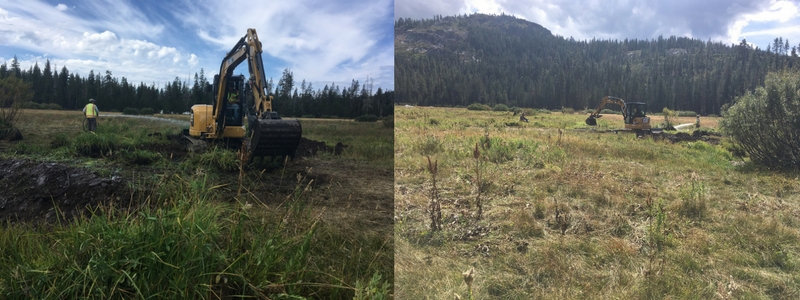
We filled in sections of Texas Creek (see picture above) to slow the flow of water through the meadow, reconnect the stream to its floodplain, and restore the natural hydrologic functions of the meadow. SYRCL volunteers and staff built willow structures to enhance restoration efforts along stream channels, collected seed for re-vegetation efforts, and conducted post-restoration photo monitoring!
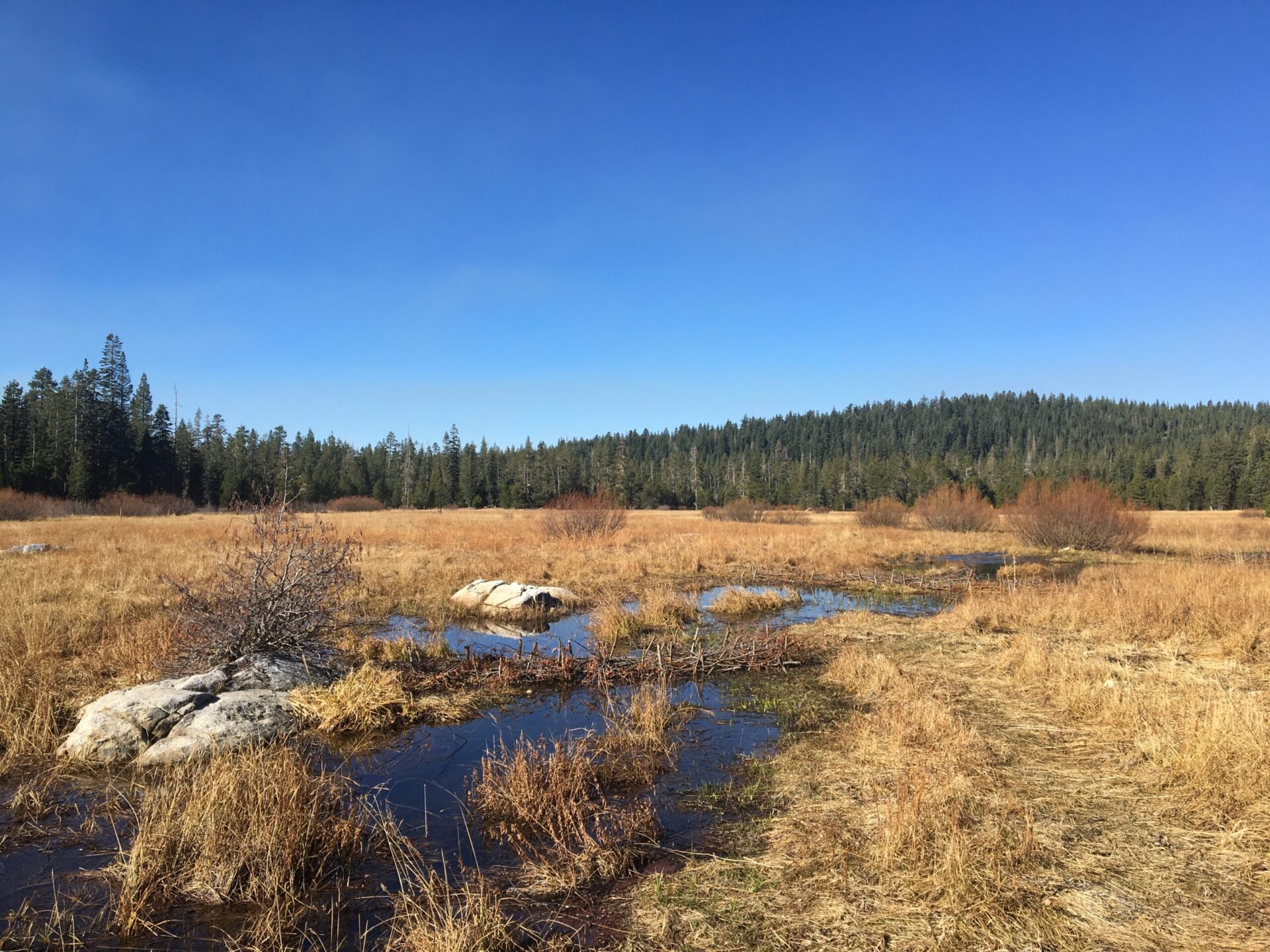
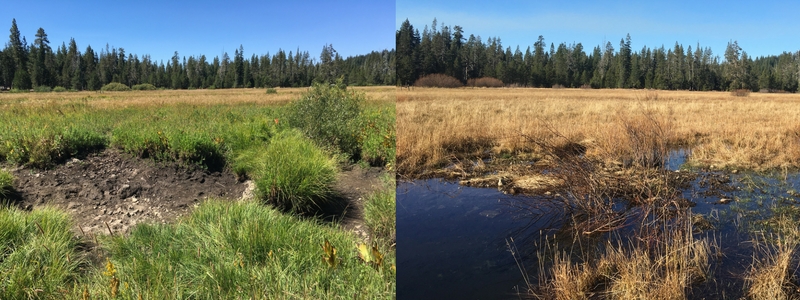

Over the next several years, SYRCL will collect groundwater and surface water data, vegetation data, and greenhouse gas data to compare it with data collected before the restoration project was completed.
Thanks to all the volunteers who helped with pre- and post-restoration work.
Thank you to the Tahoe National Forest, the National Fish and Wildlife Foundation, the California Department of Fish and Wildlife, and Habitat Restoration Sciences for making this amazing work possible.
Did you enjoy this post?
Get new SYRCL articles delivered to your inbox by subscribing to our ENews.


